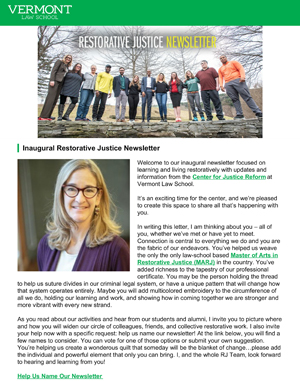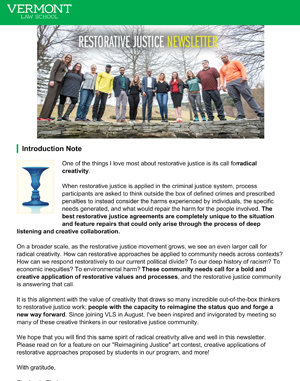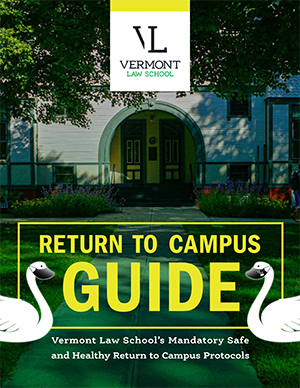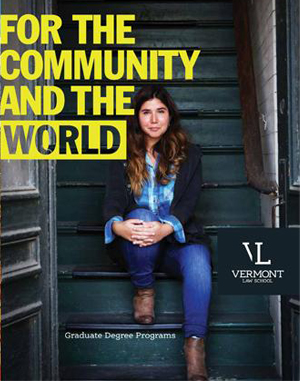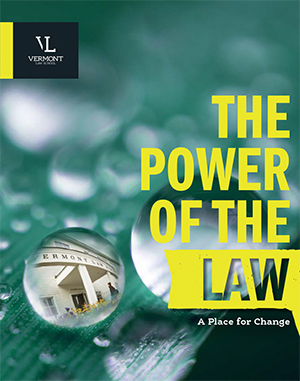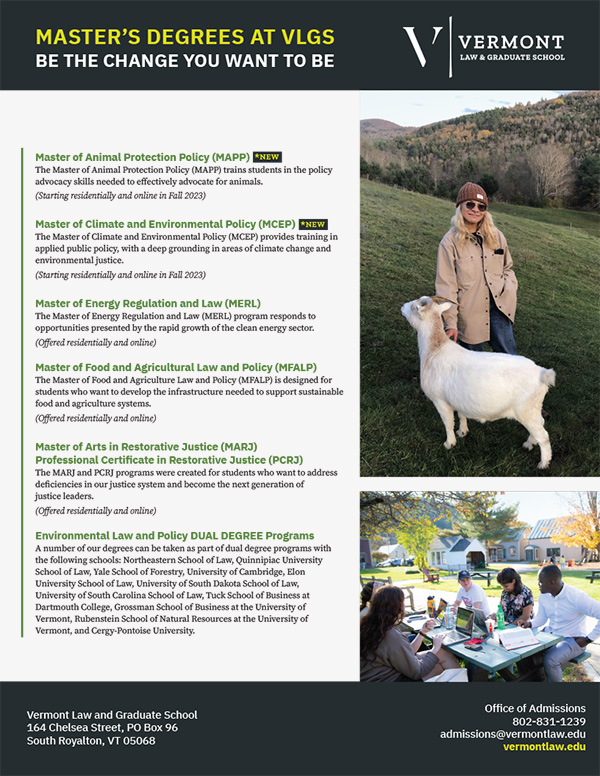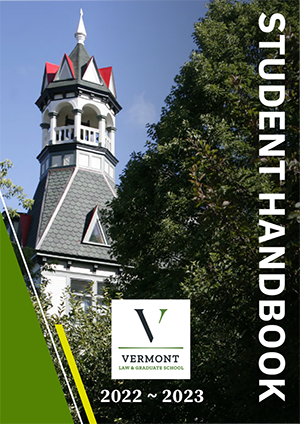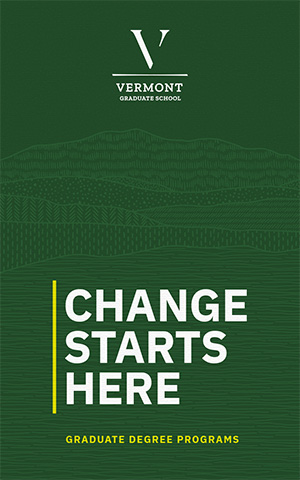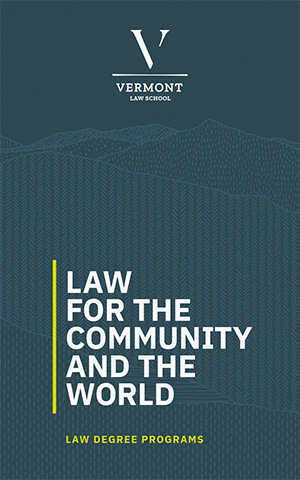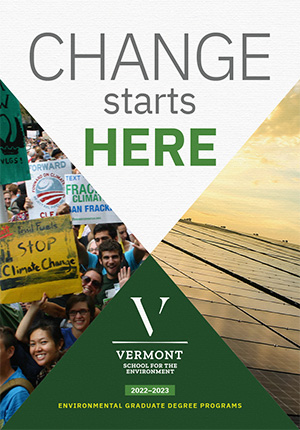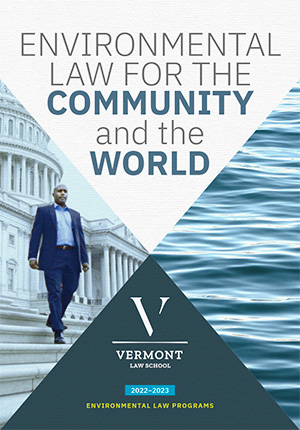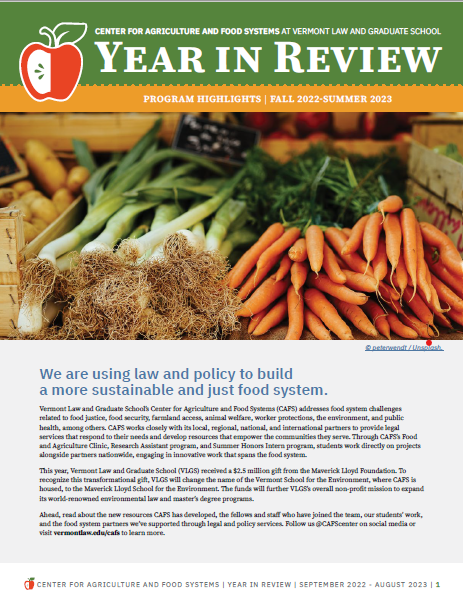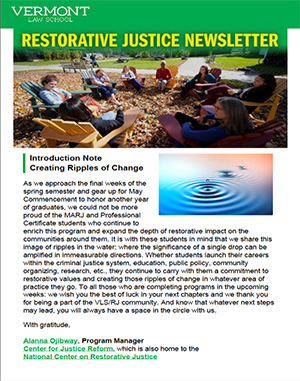
In 2006, in collaboration with Sun Yat-sen University in Guangzhou, China, Vermont Law School launched the U.S.-China Partnership to provide greater knowledge, skills and academic infrastructure to solve environmental and energy problems in China through the rule of law. Since then, the program, now known as the U.S.-Asia Partnerships for Environmental Law (PEL), has trained thousands of individuals in environmental and energy law, helped to expand environmental law programs in Asia, overseen a range of research and policy development projects, launched an exchange program for young environmental professionals, and conducted numerous workshops.
The founding director of the program, Tseming Yang, was a member of the EPA’s National Environmental Justice Advisory Council before coming to VLS. Yang served as director of the U.S.-China Partnership until 2010, when he joined the Obama Administration to serve as deputy general counsel for international affairs of the EPA. Professor Siu Tip Lam has served as director of the program ever since. As PEL turned 15 years old, we caught up with Yang—who now directs the Center for Global Law and Policy at Santa Clara University Law School—to hear his reflections on the program's original mission and how far it has come.
Q. What did you envision for the program when you first started at VLS?
A. When I think about this carefully, I think there were three simple goals (at least at the very outset). First, we wanted to make sure that the program would be effective in accomplishing positive change in China. One of the priorities was to leverage the non-political nature of academic partnerships with the more sensitive objective of helping to strengthen the rule of law in China as well as environmentalism. Second, I also hoped that our efforts would not be "one-off," i.e. that the program would not be just a one-time grant. And that was connected to the third goal: By strategically leveraging our funding and relationships, I hoped that we could become a credible and leading program engaged in environmental law capacity-building and policy development work.
At the time, Vermont Law School was an unknown entity in China and in the State Department/USAID. But what worked to our advantage was that environmental law as a specialty had little recognition in China, though it was emerging as an important legal discipline.
Q. What are some of the most important ways environmental law in Asia has changed over the past 15 years?
A. Environmental Law has become part of mainstream law. So many more legal academics are now engaged in the study of environmental law, climate change, and sustainability than 15 years ago.
Q. Why was Vermont Law School an ideal home for this program?
A. VLS was one of a handful of law schools that actually had the capacity to engage in environmental law capacity-building like this. I would say that especially none of the top-ranked law schools (Harvard, Yale, etc.) could have done something like this because they just don't have the expertise and broad range of specialty resources. They usually just have a couple of leading academics for whom a project such as this would have been deemed a distraction, rather than a project of significant interest and worthy of investing substantial amounts of their time.
Q. What are some of the PEL accomplishments you are most proud of?
A. PEL survived and thrived! The odds were against it when we started out. More tangibly, I would point to China and the very large number of environmental law professors and lawyers that Vermont Law School was able to touch and influence.
Q. What are the biggest challenges you anticipate for environmental law in Asia over the next 15 years? How do you think PEL can help address these challenges?
A. China is the biggest challenge, in regard to how environmental law there is affecting the environment both in China and abroad because of how China projects its influence to other parts of the world through the Belt and Road Initiative and other actions. While obviously very difficult, engaging more in China could have a big pay-off on climate change and other issues. India is also a place where a lot could be accomplished with a more effective environmental law system; however, in India, the conditions are much, much better for lawyers and environmentalism.




